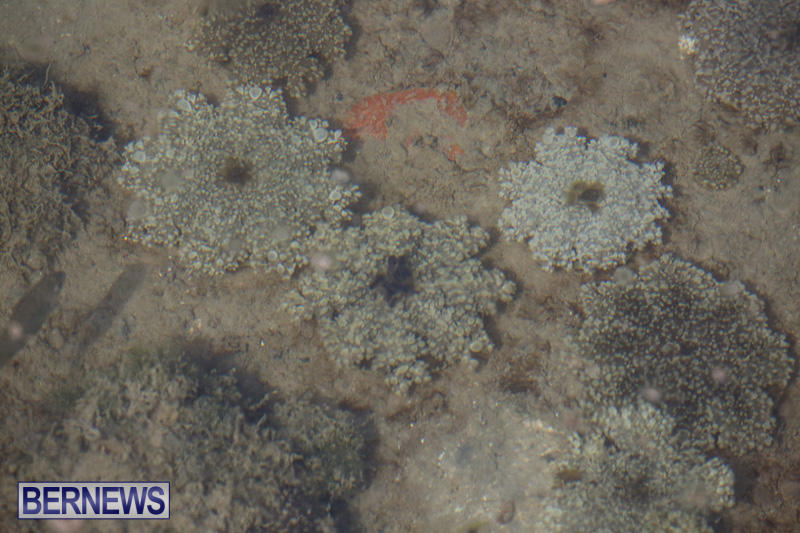

^ "The surprising, ancient behavior of jellyfish". Upside-down jellyfish of the genus Cassiopea produce tons of sticky mucus that trap small prey, such as brine shrimp, almost like a spider’s web.^ "Stinging water mystery solved: Jellyfish can sting swimmers, prey with 'mucus grenades' "."Cassiosomes are stinging-cell structures in the mucus of the upside-down jellyfish Cassiopea xamachana".

Badhiwala, Krishna Muffett, Kade Reft, Abigail J. "Upside-Down but Headed in the Right Direction: Review of the Highly Versatile Cassiopea xamachana System". Steinworth Bailey Templeman Michelle Thomé Patricia E. The crab uses the jellyfish to defend itself against possible predators.Ĭertain species of Cassiopea have been observed to enter a sleep state - exhibiting decreased pulsation rate, reduced responsiveness to stimuli, and compensatory rebound sleep after deprivation. Sometimes this jellyfish is picked up by the crab Dorippe frascone and carried on its back. The stings, appearing in the form of a red rash-like skin irritation, are known for being extraordinarily itchy. The stinging cells are also found in cellular masses, dubbed "cassiosomes", excreted in a mucus people swimming near the jellyfish may come in contact with these cassiosomes and be stung. The photosynthesis occurs because, like most corals, they host zooxanthellae in their tissues. Cassiopea ndrosia Agassiz & Mayer, 1899Ĭassiopea species have a mild sting since they are primarily photosynthetic, but sensitive individuals may have a stronger reaction.While most jellies drift with the current, their tentacles pointed downward, this striking jelly lies on its bell on the seafloor. Florida Keys Kayak and Paddleboard, Key Largo Picture: cassiopeia Jellyfish AKA upside down jellyfish - Check out Tripadvisor members 14 candid photos and. They are found in warmer coastal regions. Here are 7 facts about the Cassiopeia jellyfish you probably don’t already know. Cassiopea (upside-down jellyfish) is a genus of true jellyfish and the only members of the family Cassiopeidae.

Cassiopea maremetens Gershwin, Zeidler & Davie, 2010 Also known as the upside-down jellyfish or mangrove jelly, this strange creature is very different from the average jellyfish.Any quick glance and you might not be able to notice it, because of its top facing tentacles.According to the World Register of Marine Species, this genus includes 8 species: On a normal day, you would expect to find it rested on the aquarium floor. Needs to be salty and warm, as it would be in the tropical seas. That is because most of the jellyfish is water. Sometimes, however, they are seen pulsing to move, as shown in. These jellyfish, like corals, contain algae in their tentacles and turn upside-down to expose the algae to sunlight. The water requirements also need to be maintained at best. Groups of Cassiopeia jellyfish are commonly found upside-down on the seafloor, with their tentacles extending upwards into the water column above. The zooxanthellae helps the jellyfish obtain most of its. The microorganisms residing inside it need a good supply of lighting for optimum survival. The up-side down jellyfish has a symbiotic relationship with zooxanthellae, located in their mesoglea. Its anatomical being makes corners perilous places where it can get caught on and die. Not when it comes to the dietary requirements, but with the maintenance. The animal prefers to. There is usually a pattern of white bars on the upper and underside of the bell. There is trouble in keeping the Cassiopeia jellyfish however. The oral arm length about half the diameter of the bell. It prefers living in the tropical salt water bodies and has a life span of about a year at best. Sure it will sting, but the after effects are so few that you will hardly feel it. There are a couple of reasons supporting that. It is a carnivorous species, feeding on small fish and invertebrates though it doesn't mind taking a bite of zoo plankton every once in a while.Īmong the species that would add great color to an aquarium would be this one in precision. It has a transparent body, though not a pale blue one like most other distant relatives. 1) The bell-shaped jellyfish have fallen. They are short and reach a length of 14 inches. (Your sentences dont have to relate to the cassiopeia jellyfish.) Scintillating Sentences. From its naming, it's apparent that this jellyfish has an upside down orientation.

It is an anatomical beauty from the rarity of its physique. It's the genus name, for the Cassiopeia xamachana, the upside down jellyfish. Cassiopeia is not the common name used to refer to this species of jellyfish.


 0 kommentar(er)
0 kommentar(er)
